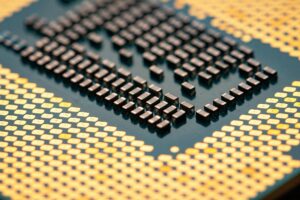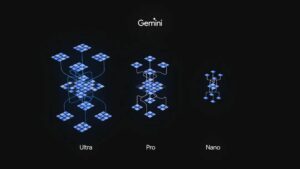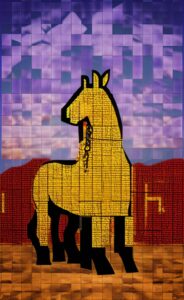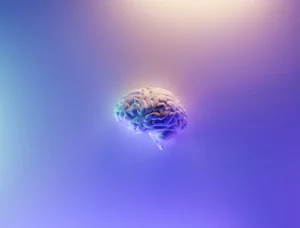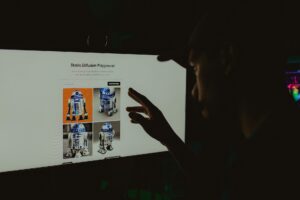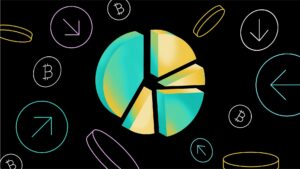LK-99, a recently discovered substance, set up a frenzy to determine whether it truly was a revolutionary superconductor. The outcomes are underwhelming. LK-99 debunked after various research, and it is not what we think it is.
Superconductor laboratories all around the world have been working feverishly for the past two weeks to produce LK-99, a novel substance that South Korean scientists said was a room-temperature and ambient-pressure superconductor.
LK99 allegedly performed this electron magic trick at temperatures and pressures naturally found all over the world, in contrast to most materials, notably metals, which can only achieve superconductivity (zero electrical resistance) at temperatures close to absolute zero.
This audacious declaration sparked a furor online and in physics labs all across the world. LK-99 was dubbed “the superconductor of the summer” by the New York Times, and the eagerness for confirmation from other specialists quickly became a worldwide preoccupation.
However, condensed matter scientists maintained their composure and questioned both the little-known Quantum Energy Research Centre that produced the LK-99 sample and some of the more puzzling data offered in the original publication.
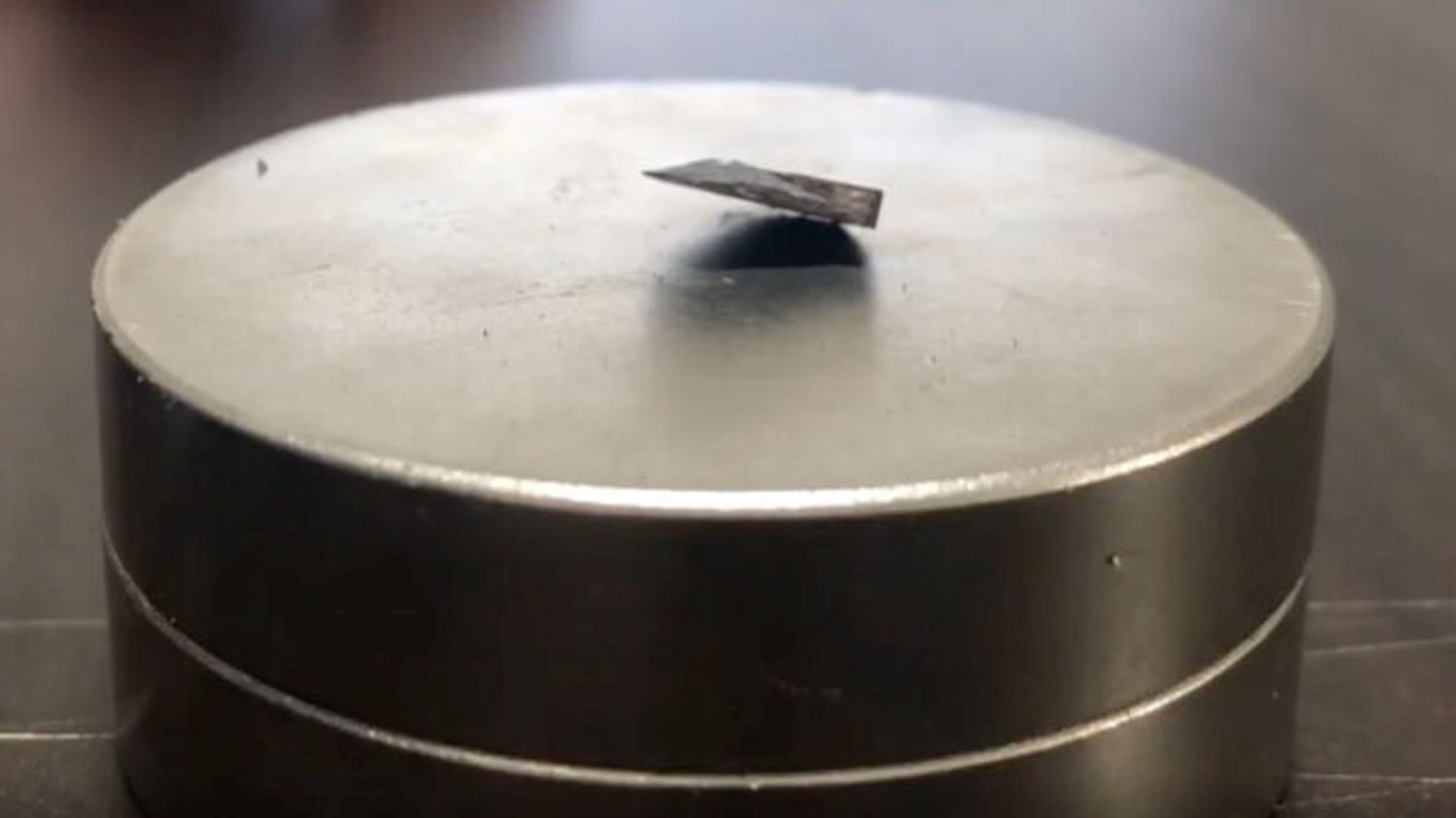
LK-99 debunked; it is not a superconductor after all
Initial findings from independent laboratories in the days that followed were somewhat contradictory, but the evidence is gradually shifting the narrative to refute LK-99’s claim to be a room-temperature superconductor. LK–99 debunked and people who had hopes, it is over now.
The Chinese laboratory known as the International Center for Quantum Materials (ICQM) states that LK-99 suffers what is known as “ferromagnetism”—not superconduction—as the Condensed Matter Theory Center (CMTC) at the University of Maryland noted in a series of tweets sent out on Monday.
LK-99: What if we have room temperature superconductors
Going one step further, CMCT adds that LK-99 has a resistance that is almost a billion times greater than copper at room temperature, claiming that “LK99 seems to be an Anti-SC.” Though magnetic phenomena such as diamagnetism and ferromagnetism are in and of themselves, they are by no means rare. These magnetic characteristics don’t actually have any intriguing real-world applications, as CMCT indicates.
The discovery of electromagnetic induction or the development of the first transistor would rank on par with the discovery of a new superconducting wonder material, but this latest rush of evidence destroys those dreams.
By making the electric grid, devices, and anything else with an electric charge many times more efficient than it is now, “a room-temperature superconductor would bring the promise of zero-resistance electrical engineering from high-tech science labs—such as particle accelerators at CERN, nuclear reactors at ITER, or quantum computers at Google—into our daily lives,” says Popular Mechanics. LK-99 debunked after various tests and research as the results were disappointing.
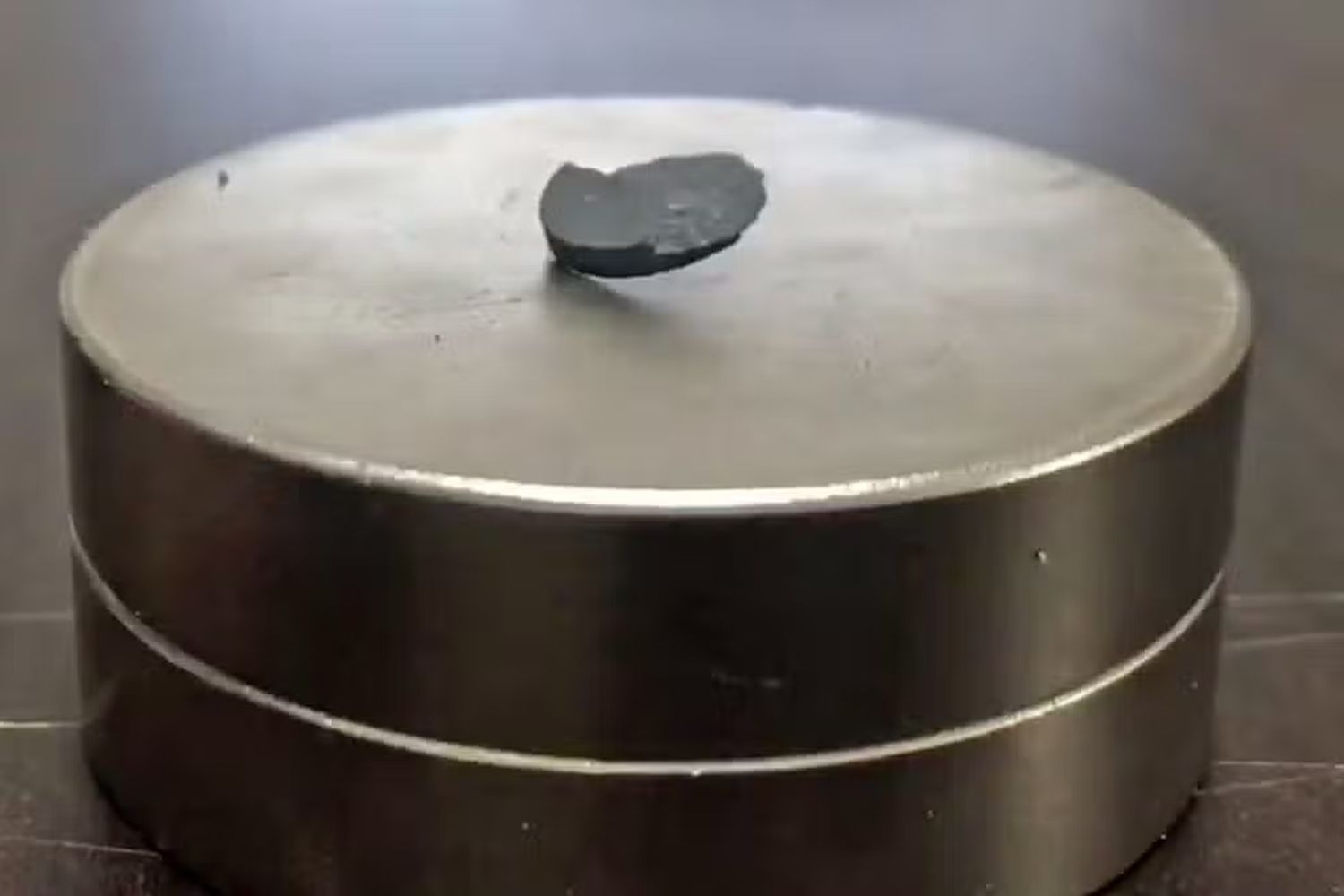
What is LK-99?
The scientists characterize the LK-99 substance as a lead, oxygen, and phosphorous complex in two preprint articles that have not yet been peer-reviewed. They talk about doping the substance with copper, which, according to Science, may have bent the chain of lead atoms and created channels along which the superconductivity occurs.
Superconducting properties may be found in elements like tantalum and mercury, but only when they are cooled to -450 degrees Fahrenheit. At about -320 degrees Fahrenheit, certain substances can be chilled using liquid nitrogen before they become superconductive at higher temperatures.
Nevertheless, Kahn said, “You need to have them under such high pressures that they’re impractical for any applications.” Other materials also turn become superconductors at higher temperatures.
Not the first claim of its sort, LK-99. Similar initiatives have been made in the past, but they don’t appear to have entirely worked out. One article on the topic that appeared in the science publication Nature in 2020 was subsequently retracted.
Featured image credit: J. Adam Fenster/University of Rochester
- SEO Powered Content & PR Distribution. Get Amplified Today.
- PlatoData.Network Vertical Generative Ai. Empower Yourself. Access Here.
- PlatoAiStream. Web3 Intelligence. Knowledge Amplified. Access Here.
- PlatoESG. Automotive / EVs, Carbon, CleanTech, Energy, Environment, Solar, Waste Management. Access Here.
- PlatoHealth. Biotech and Clinical Trials Intelligence. Access Here.
- ChartPrime. Elevate your Trading Game with ChartPrime. Access Here.
- BlockOffsets. Modernizing Environmental Offset Ownership. Access Here.
- Source: https://dataconomy.com/2023/08/11/lk-99-debunked/
- :has
- :is
- :not
- $UP
- 1
- 2020
- a
- About
- Absolute
- accelerators
- According
- Achieve
- across
- actually
- Adam
- Adds
- After
- All
- allegedly
- along
- also
- an
- and
- any
- anything
- appear
- appeared
- applications
- ARE
- around
- article
- articles
- AS
- At
- audacious
- BE
- became
- become
- been
- before
- Billion
- both
- bring
- but
- by
- CAN
- Center
- centre
- CERN
- certain
- chain
- channels
- characteristics
- characterize
- charge
- chinese
- claim
- claiming
- Close
- complex
- computers
- Condensed matter
- confirmation
- contrast
- Copper
- created
- credit
- daily
- data
- Days
- Determine
- Development
- Devices
- disappointing
- discovered
- discovery
- Dont
- dreams
- dubbed
- efficient
- Electric
- electrical engineering
- elements
- else
- energy
- Engineering
- entirely
- evidence
- findings
- First
- followed
- For
- found
- frenzy
- from
- further
- gradually
- greater
- Grid
- had
- Have
- High
- higher
- hopes
- HTTPS
- if
- image
- in
- independent
- indicates
- induction
- initiatives
- International
- intriguing
- IT
- ITS
- jpg
- known
- korea
- Korean
- laboratory
- Labs
- latest
- lead
- like
- Liquid
- Lives
- made
- magic
- Making
- many
- Maryland
- material
- materials
- Matter
- max-width
- May..
- means
- Mercury
- Metals
- Monday
- more
- more efficient
- most
- NARRATIVE
- Nature
- Need
- New
- New York
- New York Times
- no
- notably
- noted
- novel
- now
- nuclear
- of
- offered
- on
- ONE
- online
- only
- or
- original
- Other
- our
- out
- outcomes
- over
- Oxygen
- particle
- past
- peer-reviewed
- People
- performed
- Physics
- plato
- Plato Data Intelligence
- PlatoData
- produce
- Produced
- promise
- properties
- Publication
- Quantum
- quantum computers
- quantum materials
- Questioned
- quickly
- rank
- RARE
- real world
- recently
- research
- Resistance
- Results
- revolutionary
- Room
- rush
- Said
- says
- Science
- scientists
- seems
- sent
- Series
- set
- several
- SHIFTING
- similar
- some
- somewhat
- South
- south korean
- sparked
- specialists
- States
- Step
- Subsequently
- substance
- such
- Suffers
- Superconductivity
- Talk
- tests
- than
- that
- The
- The New York Times
- the world
- their
- Them
- themselves
- theory
- These
- they
- think
- this
- those
- though?
- times
- to
- topic
- truly
- TURN
- tweets
- two
- under
- university
- University of Maryland
- using
- various
- was
- we
- Weeks
- were
- What
- What is
- when
- whether
- which
- WHO
- with
- worked
- working
- world
- worldwide
- would
- yet
- york
- zephyrnet
- zero


